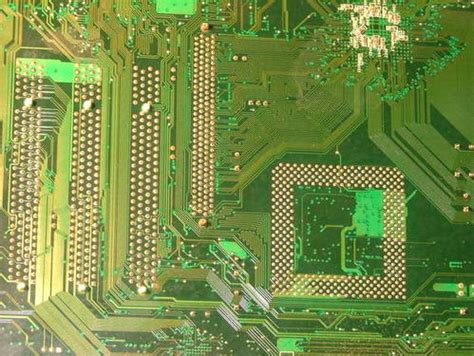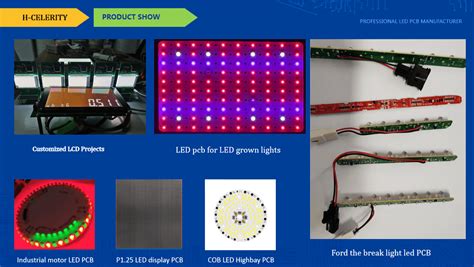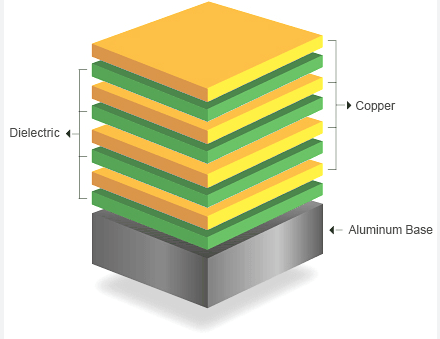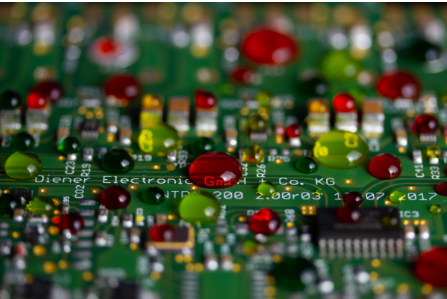Things to note during the PCB process
R&D personnel consider how to integrate the latest advanced technologies into products. These advanced technologies can be reflected in both excellent product functions and reduced product costs. The challenge is how to effectively apply these technologies to products.
There are many factors to consider, and the time to market is one of the most important factors, and there are many decisions around the time to market that are constantly being updated. There are a wide range of factors to consider, including product functions, design implementation, product testing, and whether electromagnetic interference (EMI) meets requirements.
It is possible to reduce design iterations, but this depends on the completion of the previous work.
Most of the time, the later the product design is, the easier it is to find problems, and the more painful it is to make changes to the problems found. However, although many people understand this rule of thumb, the actual situation is another scenario, that is, many companies understand that it is important to have a highly integrated design software, but this idea is often compromised by high prices. This article will explain the challenges faced by PCB design and what factors a PCB designer should consider when evaluating a PCB design tool.

Here are a few factors that PCB designers must consider and that will influence their decisions:
1.Product functionality
A. Basic functionality that covers basic requirements, including:
a. Interaction between schematics and PCB layout
b. Automatic fan-out routing, push-pull routing, and routing capabilities based on design rule constraints
c. Accurate DRC checker
B. Ability to upgrade product functionality when the company is working on a more complex design
a. HDI (high-density interconnect) interface
b. Flexible design
c. Embedded passive components
d. Radio frequency (RF) design
e. Automatic script generation
f. Topology layout Local wiring
g. Manufacturability (DFF), testability (DFT), producibility (DFM), etc.

C. Additional products can perform analog simulation, digital simulation, analog-digital mixed signal simulation, high-speed signal simulation and RF simulation
D. Have a central component library that is easy to create and manage
2.A good partner who is technically in the industry leadership and has devoted more effort than other manufacturers to help you design products with maximum effectiveness and leading technology in the shortest time
3.Price should be the least important consideration among the above factors, and more attention should be paid to the return on investment!
PCB* estimation requires many factors to be considered.
The type of development tools that designers are looking for depends on the complexity of the design work they are engaged in. Because systems are becoming more and more complex, the control of physical routing and electrical component placement has developed to such an extensive extent that it is necessary to set constraints for the key paths in the design process.
However, too many design constraints restrict the flexibility of the design. Designers must understand their designs and their rules well, so that they know when to use these rules.
It shows a typical front-end to back-end integrated system design. It starts with design definition (schematic input), which is tightly integrated with constraint editing.
In constraint editing, designers can define both physical and electrical constraints.
Electrical constraints will drive the simulator for network verification to perform pre-layout and post-layout analysis. Looking closely at the design definition, it is also linked to FPGA/PCB integration. The purpose of FPGA/PCB integration is to provide bidirectional integration, data management, and the ability to perform co-design between FPGA and PCB.
- The same constraint rules for physical implementation as during design definition are entered during the layout stage. This reduces the probability of making mistakes in the process from file to layout.
- Pin swaps, logic gate swaps, and even input and output interface group (IO_Bank) swaps need to be returned to the design definition stage for update, so the design of each link is synchronized.
- During the evaluation, designers must ask themselves:
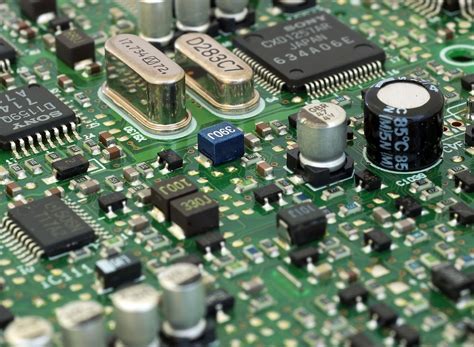
What dimensions are critical to them?
Let’s look at some trends that are forcing designers to review their existing development tool capabilities and start ordering some new capabilities:
1.HDI
- The increase in semiconductor complexity and the total number of logic gates has required integrated circuits to have more pins and finer pin pitches. It is common today to design more than 2000 pins on a BGA device with a pin pitch of 1mm, not to mention 296 pins on a device with a pin pitch of 0.65mm.
- The need for faster rise time and signal integrity (SI) requires a larger number of power and ground pins, which requires occupying more layers in multilayer boards, thus driving the need for high-density interconnect (HDI) technology with micro vias.
- HDI is an interconnect technology that is being developed in response to the above needs. Micro vias, ultra-thin dielectrics, finer traces and smaller line spacing are the main features of HDI technology.
2.RF Design
For RF design, RF circuits should be designed directly into system schematics and system board layouts, rather than in separate environments for subsequent conversion. All simulation, tuning, and optimization capabilities of the RF simulation environment are still necessary, but the simulation environment can accept more primitive data than the “real” design.
Therefore, the differences between data models and the problems of design conversion caused by them will disappear. First, designers can interact directly between system design and RF simulation; second, if designers are doing a large-scale or relatively complex RF design, they may want to distribute circuit simulation tasks to multiple computing platforms running in parallel, or they want to send each circuit in a design composed of multiple modules to their own simulator to shorten simulation time.
3.Improve the packaging of predecessors
The increasing functional complexity of modern products requires a corresponding increase in the number of passive components, mainly reflected in the increase in the number of decoupling capacitors and terminal matching resistors in low-power, high-frequency applications. Although the packaging of passive surface-mount devices has shrunk considerably after several years, the results are still the same when trying to obtain the maximum limit density.
- Printed component technology has enabled the transition from multi-chip modules (MCMs) and hybrid components to today’s SiPs and PCBs that can be embedded passive components directly.
- The latest assembly technologies have been adopted in the process of transformation. For example, the inclusion of an impedance material layer in a layered structure and the use of series termination resistors directly under the microball grid array (uBGA) package have greatly improved the performance of the circuit.
- Embedded passive components can now be designed with high precision, eliminating the additional processing steps of laser cleaning welds. Wireless components are also moving towards increasing integration directly in the substrate.
4.Rigid Flex PCB
To design a rigid flex PCB, all factors that affect the assembly process must be considered. Designers cannot simply design a rigid flex PCB like a rigid PCB, as if the rigid flex PCB is just another rigid PCB. They must manage the bending area of the design to ensure that the design points will not cause the conductors to break and peel due to stress on the bending surface.
- There are still many mechanical factors to consider, such as minimum bend radius, dielectric thickness and type, metal sheet weight, copper plating, overall circuit thickness, number of layers and number of bending sections.
- Understand rigid-flex design and decide if your product allows you to create a rigid-flex design.
5.Signal Integrity Planning
In recent years, new technologies related to parallel bus structures and differential pair structures for serial-to-serial or serial interconnects have continued to improve.
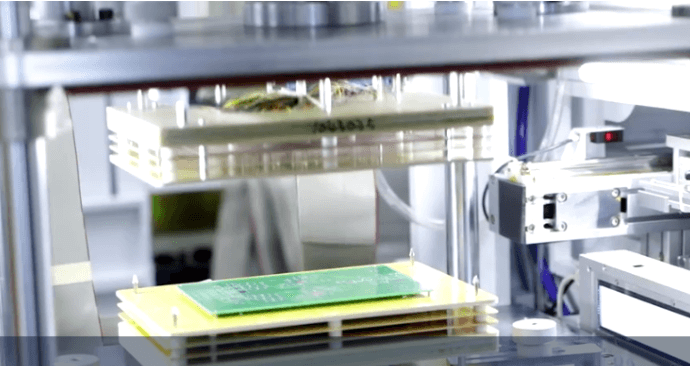
Figure 2 shows the types of typical design problems encountered for a parallel bus and serial-to-serial design.
The limitations of parallel bus design are system timing variations, such as clock skew and propagation delay. Designing for timing constraints remains difficult because of clock skew across the bus width. Increasing the clock rate only makes the problem worse.
On the other hand, differential pair structures use a switchable point-to-point connection to achieve serial communication at the hardware level. Typically, it transfers data through a unidirectional serial “lane” that can be stacked into 1-, 2-, 4-, 8-, 16-, and 32-width configurations. Each lane carries one byte of data, so the bus can handle data widths from 8 bytes to 256 bytes, and data integrity can be maintained by using some form of error detection techniques. However, because the data rate is very high, other design problems arise.
Clock recovery at high frequencies becomes a system burden, as the clock needs to quickly lock to the incoming data stream and reduce all cycle-to-cycle jitter to improve the circuit’s anti-jitter performance. Power supply noise also poses additional problems for designers. This type of noise increases the possibility of severe jitter, which will make eye opening more difficult. Additional challenges are to reduce common-mode noise and solve problems caused by loss effects from IC packages, PCB boards, cables and connectors.
6.Practicality of design kits
Design kits such as USB, DDR/DDR2, PCI-X, PCI-Express and RocketIO will undoubtedly be of great help to designers in entering new technology areas. The design kit gives an overview of the technology, specific instructions and the challenges that designers will face, followed by simulation and how to create routing constraints. It provides explanatory documents with the program, which provides designers with an opportunity to grasp the improvement of advanced new technologies.
It seems that it is easy to get a PCB tool that can handle layout; but it is crucial to get a tool that not only meets the layout but also solves your urgent needs.


